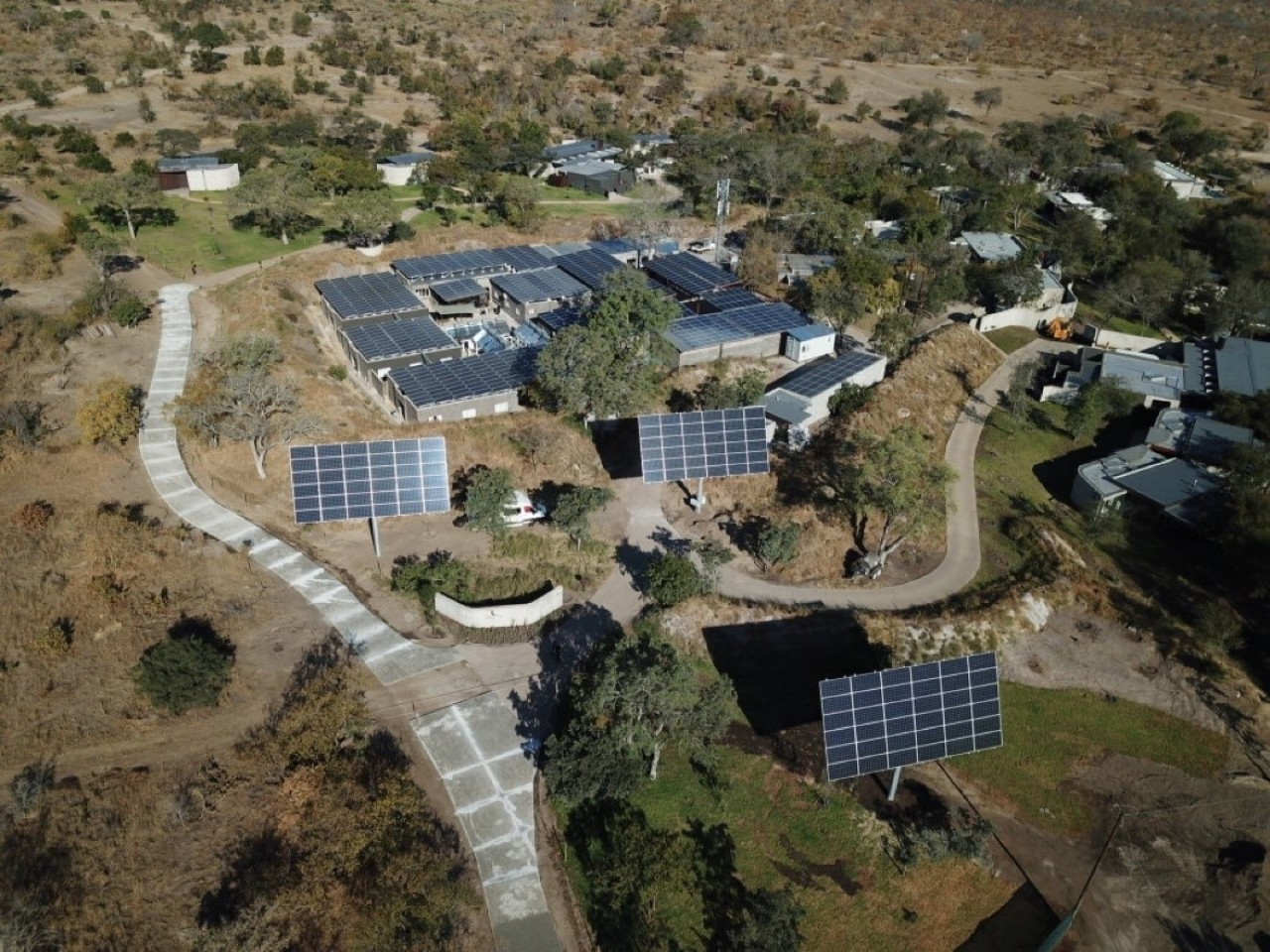
PV-Hybrid-Inslanding research project was approved
The research project for the development and validation of a measurement tool to record the frequency-dependent grid impedance as a contribution to the system identification of PV hybrid islanding systems in the low voltage was approved by the German Federal Ministry for Economic Affairs and Climate Protection (ZIM).
The economic success and prosperity of a nation is very much linked to energy consumption. The electrical energy supply makes a significant contribution to this. In economically developed countries, a meshed energy system has been built up over time from an initial island supply that is reliably available. The situation is different in large parts of Africa, for example, where in some cases more than 90% of the population have no (reliable) access to electrical energy. In part, the mostly decentralised electrical energy supply is realised on the basis of diesel generators, which are cheap to buy, but economically and ecologically a disaster. Attempts are being made to replace these with regenerative generation with PV-diesel hybrid systems, either as a supplement to diesel generators, which continue to act as the main power plant, or in modern systems, the almost complete replacement of diesel generators, with a battery system as the main power plant.
These cases represent major challenges: in contrast to rotating generators when diesel generators are used, PV systems, wind turbines or battery storage systems use frequency converters that have different characteristics from conventional generators: currents are actively controlled with a much higher bandwidth to protect the hardware in the event of a fault, and the sinusoidal output variables are simulated via fast-clocked switches. Such power electronics are already widely used in grid-connected applications, but in stand-alone systems there are additional requirements - the conditions are also different, for example, individual loads can have similar power magnitudes as individual generators, with high dynamic requirements for generation and storage. Non-linear loads generate harmonics in the current, which negatively influence the sinusoidal shape of the grid voltage and thus the voltage quality, with effects on the generation and storage systems and their control, among others. Also, due to the reduced short-circuit power ("weak islanding system") caused by the use of converters, other requirements are placed on the controller parameters of the converters to be used in order to ensure stable operation. These challenges represent an enormous economic risk in concrete implementation, which must either be priced into the planned hardware or, if necessary, realised in the later implementation, e.g. through an unreliable overall system. However, stable island operation is a basic prerequisite for the switch from fossil to renewable generators in combination with storage.
The requirements in a large grid system are different, but the products available on the market are essentially developed for the large grid system.
These described effects can occur at times, depending on the respective customer system, with sometimes catastrophic consequences: Blackout, hardware damage, etc. The PV-Hybrid-Inslanding will implement a multi-level approach to prevent these consequences. You can look forward to the first results of the project.